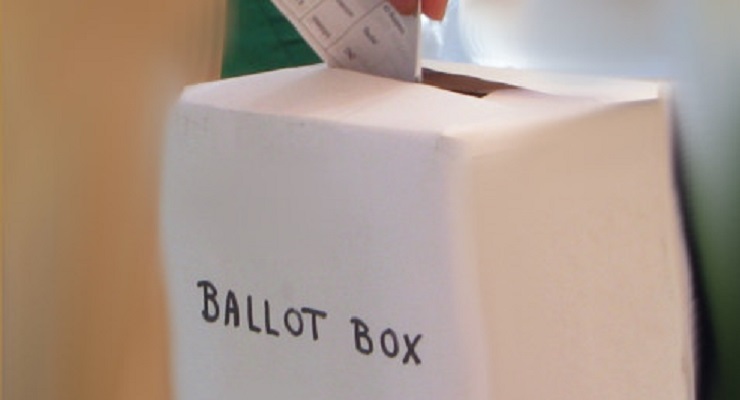One time supporter of top two wonders if the new system harmed chances for Republicans in California. A new post on Ballot Access News, “California Republican Tony Quinn, a Prominent Backer of Top-Two, Now Bemoans Consequences for his Party”, posted by Richard Winger had the story:
Tony Quinn, a California Republican with more than thirty years experience in government and in the political consulting business, has this column in Fox & Hounds. The column expresses fear that the November 2018 California gubernatorial election will only have two Democrats on the ballot. He writes that if that happens, Republican voters will not turn out to vote, and any statewide ballot measures will be decided mostly by Democratic voters. For the last few years, California law has dictated that all statewide initiatives appear only on general election ballots, not primary ballots. Quinn was a fervent backer of the top-two system when it passed in June 2010.
As Quinn explains:
With as many as 10 Republican-held congressional districts at risk in 2018, California alone could produce more than half the gains Democrats need to return Nancy Pelosi again as House Speaker.
A top two Democratic runoff for governor in 2018 makes this scenario all the more likely; millions of GOP voters will simply stay home (as many Republicans refused to vote in the race between the two Democrats running for the US Senate in 2016). With no candidate to articulate opposition to the gas tax increase, and by implication to the methods of allocating public funds in this state, the effort to make the tax a political issue will have failed, and California Republicans will simply continue unabated their descent into a long night of darkness.
More on the top two system from the Independent Voter Project, a partner of Democracy Chronicles:
In 2008, the Independent Voter Project (“IVP”) authored California’s “Top-Two” nonpartisan open primary proposition (“Top-Two Primary”). California voters passed the proposition in 2010. The Top-Two primary fundamentally changes the traditional approach to elections. Under a traditional primary system, whether the primary is “open,” “closed,” “semi-closed,” or any other iteration, the PURPOSE of the primary election is for political parties to choose which candidate best represents THEM.
Then, after the primary, voters participate in the general election and choose from the field of candidates predetermined by the political parties. Under a nonpartisan Top-Two system, instead of having separate primaries for each political party, there is one single primary. All candidates, voters, and political parties participate on the same ballot, and the rules are the same for everyone. Unlike a traditional system, the PURPOSE of the primary is to narrow the candidate field to the “top-two” candidates who best represent ALL OF US, regardless of the candidate or voter’s party affiliations.

Leave a Reply